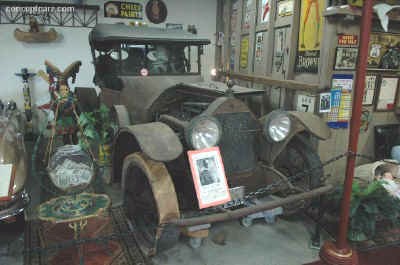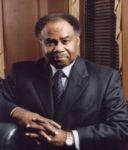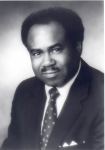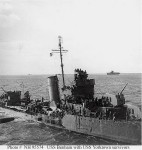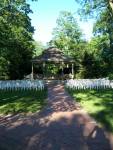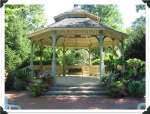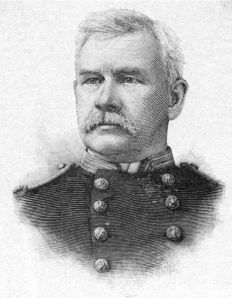Gertrude Benham was one of the most, possibly the most prolific traveller of all time, and of either sex.
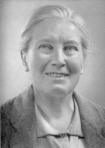
Born in Marylebone, London, Gertrude Benham was the youngest of six children of Frederick Benham, a master ironmonger, and his wife Emily (née Lucas), a native of High Wycombe in Buckinghamshire. As a young girl she accompanied her father on summer holidays in the Alps, and by her twenties she was a skilled mountaineer, making more than 130 ascents and climbing both Mont Blanc and the Matterhorn.
On 27 June, with a Mr Frost and taking the brothers Hans and Christian Kaufmann as guides, she made an ascent of Mount Lefroy. She followed this with ascents of several other major peaks – Mount Victoria, Mount Stephen, Mount Assiniboine and Mount Balfour – then transferred to the Selkirk Range where the Truda Peaks are named in her honour, ascending, among others, Mount Sir Donald. In July 1904, in the company of Christian Kaufmann, she reached the summit of Mount Hejee, narrowly beating Professor Charles Fay, after whom the mountain would subsequently be renamed.
From the Rockies Benham proceeded to Vancouver, and via Fiji arrived in 1905 in New Zealand where she walked alone across the South Island and climbed in the Southern Alps, complaining bitterly about local guides and the exorbitant fees they charged. After visiting Tasmania and Australia, she made her way back to England via Japan (where she made several ascents), India, Egypt and Corsica. In 1908 she set out on her second trip around the world, this time west to east and visiting Japan and California. Following the Pacific coast southward, she disembarked at Valparaíso then crossed the Andes and Pampas to arrive in Buenos Aires. In 1909 she made her way to Central Africa and, after arrival in Broken Hill (now Kabwe in Zambia), walked 900 kilometres to Abercorn (= Mbala) near the southern tip of Lake Tanganyika. From here she proceeded to Uganda and Kenya and made a successful assault on the summit of Mount Kilimanjaro.
Throughout her travels, Benham travelled alone, aided only by porters and carrying with her the Holy Bible, a pocket edition of Shakespeare’s plays, and copies of Kipling’s Kim and Blackmore’s Lorna Doone. She sketched, collected flowers, and sold her knitting and embroidery to pay for the numerous ethnological articles collected along the way, most of which were decorative items displaying particular craft skills.
— — — — — — — — — — —
Female explorer’s forgotten past plumbed in Hacking Antiques at Plymouth College of Art
By artsculture, on Wednesday, February 23, 2011
Hacking Antiques, an exhibition by artist Amy Houghton, offers an insight into the life of oft-overlooked female explorer Gertrude Benham.
In this exhibition, Amy employs artefacts which belonged to Gertrude Benham, an accomplished but little-known explorer from the last century. Gertrude’s achievements included circumnavigating the globe on several occasions and being the first European woman to reach the summit of Africa’s Mount Kilimanjaro.
